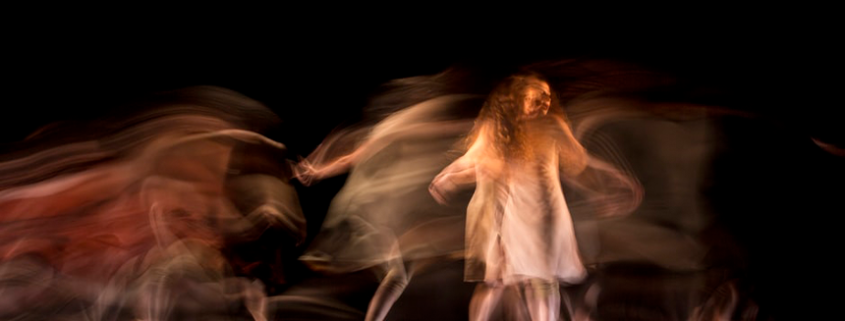The Basics Of Stage Lighting And Sound Design
As a Bachelor of Screen Production student, you may find yourself interested in stage lighting and sound design for theatre productions. These two elements are crucial in creating a visually stunning and immersive experience for the audience. In this blog, we’ll cover the basics of stage lighting and sound design.
Stage Lighting
Stage lighting is the use of light to create different moods, atmospheres, and effects on stage. It can be used to highlight certain characters or props, create shadows or silhouettes, or change the mood of a scene. Here are some basic elements of stage lighting:
Intensity: The brightness or dimness of the light.
Colour: The hue of the light. Different colour gels can be used to create a variety of effects.
Direction: The angle of the light. It can be used to create shadows, highlights, or silhouettes.
Texture: The shape of the light. Different types of light fixtures can create different textures, such as soft or hard edges.
Sound Design
Sound design is the process of creating and manipulating audio elements for a theatre production. It can include sound effects, music, and dialogue. Here are some basic elements of sound design:
Volume: The loudness or softness of the sound.
Pitch: The frequency of the sound. It can create a variety of emotions and moods.
Timbre: The tone colour of the sound. Different instruments or voices can create different timbres.
Spatialisation: The placement of the sound. It can create a sense of space and depth on stage.
Both stage lighting and sound design are integral parts of a theatre production and they work together to create a cohesive and immersive experience for the audience. As a Bachelor of Screen Production student, it’s important to understand the basics of stage lighting and sound design to be able to communicate effectively with the lighting and sound designers on your team.
In conclusion, stage lighting and sound design are two important elements in the world of theatre productions. Understanding the basics of these two elements can help Bachelor of Screen Production students who attend APAC, to communicate their ideas effectively and work collaboratively with their teams to create visually stunning and immersive productions.




